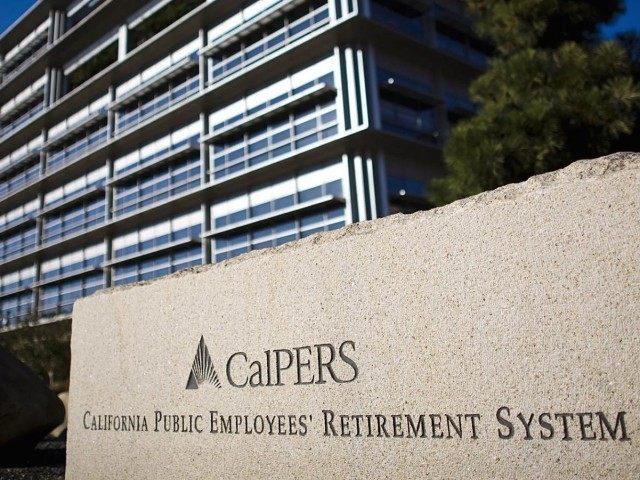California cities are being forced to spike taxes to pay for spiking public employee pension funding costs.
California Public Employees’ Retirement System (CalPERS) has just reported that its $344.4 billion defined benefit pension plan, which covers most state and local government employees, has fallen from a $2.9 billion surplus in 2007 to a $138.6 billion deficit as of June 2016. The rate of funding decline accelerated over the prior year by $27.3 billion.
With the pension plan’s funded ratio — equal to the value of plan assets divided by present pension obligations — having fallen to 68 percent, far below what actuaries call the 80 percent minimum for adequate fund, CalPERS is demanding that cities increase payments.
A recent report warned that CalPERS’ poor investment return of just 4.4 percent over the last decade could be further reduced by large and politically motivated “environment, social and governance” investment strategies. These so-called ESG strategies have drastically underperformed other pension plan returns, which explains why CalPERS is “in the midst of a plan to lower its investment return assumptions to 7% from 7.5% by July 1, 2019.”
CalPERS will pay out $21.4 billion in benefits to retirees and beneficiaries in 2017, a 5.5 percent increase from 2016 and more than double the $10.3 billion in 2007. But most of the 1.93 million retirement system members and 1.4 million health care participants who receive administration services from CalPERS are associated with local governments that are directly responsible for paying spiking benefit costs.
At the September CalPERS meeting in Sacramento, eight cities told the pension plan’s trustees that they are experiencing spiking pension funding costs. Representatives from the largest local governments in the Sacramento area claimed that pension funding costs are set to spike by 14 percent next fiscal year.
The city manager of Vallejo, which recently emerged from bankruptcy, said that the city’s police pension funding costs are expected to jump from about 50 percent to 98 percent of payroll over the next decade. Both Lodi and Oroville officials stated that they have had to cut a third of their staff over the last decade.
El Segundo mayor pro tem Drew Boyles told the CalPERS board last month that his city’s CalPERS required pension contribution will be $11 million next year, or about 16 percent of the general fund’s revenue. But the cost in five years is expected to hit $18 million, or 25 percent of general fund revenue. He blamed the increase on funding for police and fire pension costs that are set to spike from 50 percent to 80 percent of payroll.
The California legislature passed SB 703, which will allow Alameda County and its local cities to raise about $148.9 million by exceeding the 2 percent local sales and use tax rate cap. The City Council of El Segundo plans to spike the local sales tax by an additional 3/4-cent to 10.25 percent to generate $9 million to pay for spiking pension funding costs.
All the local government representatives that have been addressing CalPERS’ monthly meetings complain that even after eliminating of services, slashing infrastructure spending, and planning for layoffs, they will still be forced to raise taxes to fund pension costs.
Despite California already being the highest-taxed state in the nation, the California Tax Foundation warned in June that Sacramento politicians were proposing another $16.9 billion in “targeted taxes and fees.” If passed, much of that tsunami of new cash could end up at CalPERS to fund pension shortfalls.

COMMENTS
Please let us know if you're having issues with commenting.